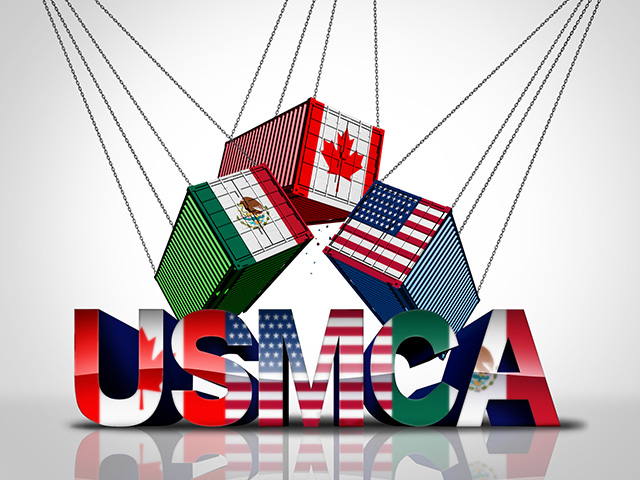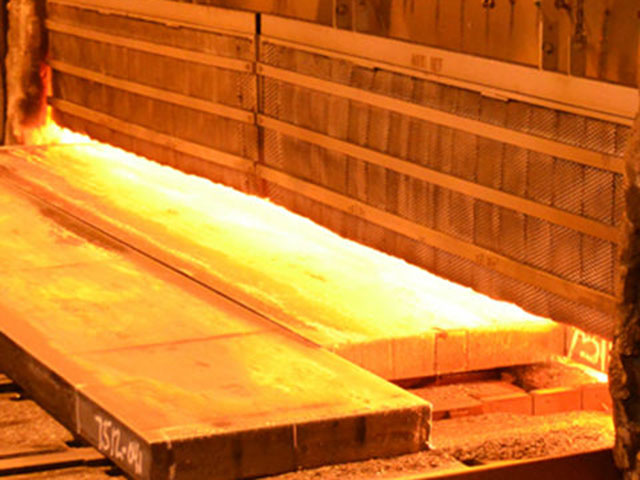The summer of 2020 has brought about many things: a newfound appreciation for friends, family, and mobility to name a few. In regards to the economy, it has also brought about implementations of a new agreement that mimics an old friend but is also meant to help nations become more empowered to work together, move economies into a brighter path and encourage more free trade amongst them. This agreement seems more important than ever as we all work together to rejuvenate our businesses during the pandemic.
Why did Tom Dobbins of the Aluminum Association state the following? “USMCA’s implementation is a historic achievement, and we greatly appreciate the efforts of the U.S., Canadian and Mexican governments in ensuring this trade agreement guarantees robust, fair and rules-based trade of aluminum and aluminum products between the three countries“ and Kevin Dempsey of the American Iron & Steel Institute stated, “By incentivizing the use of North American steel through its enhanced rules of origin, this Agreement will help keep manufacturing supply chains strong for goods made primarily from steel.”
The United States–Mexico-Canada Agreement (USMCA) was initially meant to replace the outdated NAFTA agreement established in 1994. This new agreement has allowed a little extra boost for all of our economies’ by helping to ensure all 3 countries are protected within the world trade. A few of the main points in this agreement pertain to the point origin within the automotive industry. In one of the prior blogs we had mentioned the “Buy American Act” regarding Stainless Steel; if you know you are manufacturing a component that will be used within the automotive industry this is the time for you to pay attention as well.
The USMCA states that 75% of the regional value content of these components must be manufactured within the United States, Mexico, or Canada. It continues to state that at least 70% of the steel or aluminum purchases for these vehicles must also originate in North America. This means that any automobiles produced within North America that are looking to avoid tariffs will need to be comprised of at least 70.01% North American steel or aluminum and at least 75.01% of North American Components.
The rules of origin help continue to grow business domestically by regional sourcing within both, the steel and aluminum mills. It will help continue to create jobs and promote growth within all of the economies within North America via manufacturing the components that are created and used within automobiles. While the initial purpose of the USMCA was to rewrite a trade agreement that was outdated, it now has been given the additional purpose of creating hope for economies that have been devastated by the pandemic.





